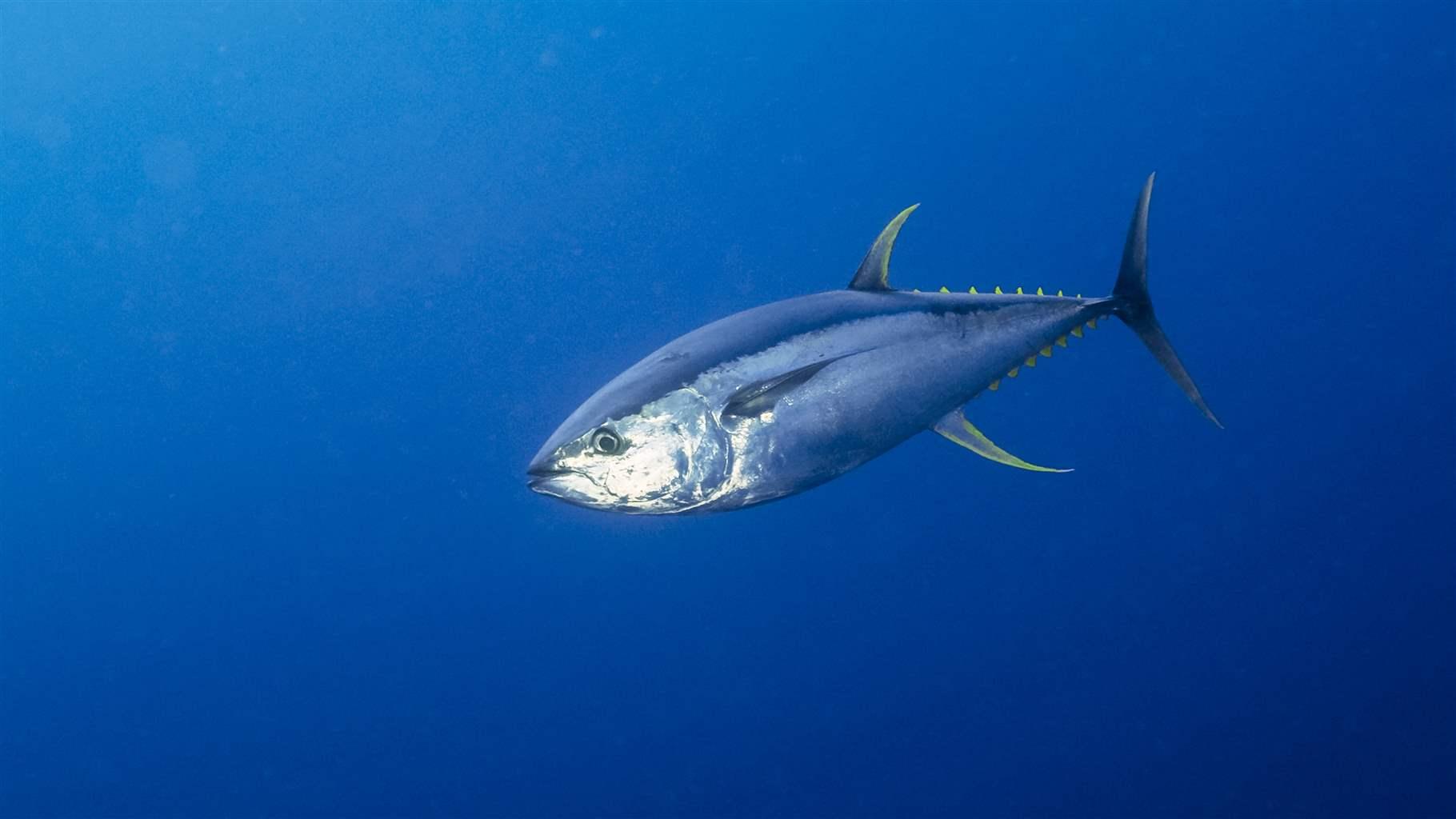Indian Ocean Managers Must Commit to Long-Term Rebuilding of Yellowfin Tuna
Amid persistent overfishing, IOTC faces market pressure to improve sustainability of high-value species

Indian Ocean yellowfin tuna is among the world’s most valuable seafood. But this species’ future is uncertain because it has been overfished since 2015, with heavy fishing pressure continuing unabated today. Despite science showing the need for an immediate cut in catch to maintain a sustainable population of yellowfin, the Indian Ocean Tuna Commission (IOTC), which is responsible for managing the fishery, has thus far failed to agree on how to effectively control fishing for the stock.
Although yellowfin is currently subject to a rebuilding plan, it hasn’t been successful, and IOTC did not reach consensus on a revised plan at the commission’s 2020 annual meeting. Now managers will meet again March 8-12 in a special session, where they must move to end overfishing and advance efforts to adopt a long-term, science-based management approach for this important population.
There is no question that yellowfin management in this region is difficult. More than 30 governments are involved in the fishery, and half of the overall catch comes from small scale artisanal fishing, which has different priorities from larger fleets. And those industrial vessels come with their own management difficulties.
They use fish aggregating devices (FADs) to attract large schools of fish, which they then capture in huge purse seine nets. That puts high pressure on not just yellowfin but also on bigeye tunas that are drawn to FADs as juveniles and inadvertently get caught.
Thus far, IOTC’s limited compliance measures on yellowfin have done little to reduce overfishing. According to the latest data, fishing effort is approximately 20% higher than what scientists say is necessary to achieve maximum sustainable yield—the largest catch that can sustainably be taken, year after year.
While years of inaction on yellowfin have led to the problems of today, shifting attitudes among seafood buyers may force improvements in management of the US$4 billion fishery. Specifically, the Global Tuna Alliance (GTA)—a network of retailers and seafood supply chain companies—and several EU and UK-based retailers and brands, have called for a 20% reduction in yellowfin catch to rebuild the population. Some, such as the UK-based multinational grocery chain Tesco, said it would stop sourcing Indian Ocean yellowfin for its own seafood brand entirely if IOTC does not implement a recovery plan. The financial stakes alone are too high for IOTC to not act.
When it meets this month, IOTC must recommit to its mandate to sustainably manage yellowfin by agreeing to immediately end overfishing and to move forward with the development and adoption of a management procedure for the stock by 2022 at the latest. Management procedures, also known as harvest strategies, are a precautionary, science-based framework that shift quota setting away from short-term, annual negotiations to a pre-agreed decision-making model that manages fish stocks with an eye towards long-term, set objectives. Strong management procedures for yellowfin would increase the likelihood of rebuilding the population while also maintaining a sustainable, profitable, and predictable fishery.
By holding a special session on yellowfin, IOTC has shown that recovering the stock is a priority, but the road ahead is difficult. To start, managers should acknowledge that a sustainable fishery is good for business, and for the ocean. It is not too late for IOTC to do the right thing by focusing on rebuilding yellowfin, adopting an effective management procedure, and helping ensure a successful future for a valuable stock.
Glen Holmes works on The Pew Charitable Trusts’ international fisheries project.







